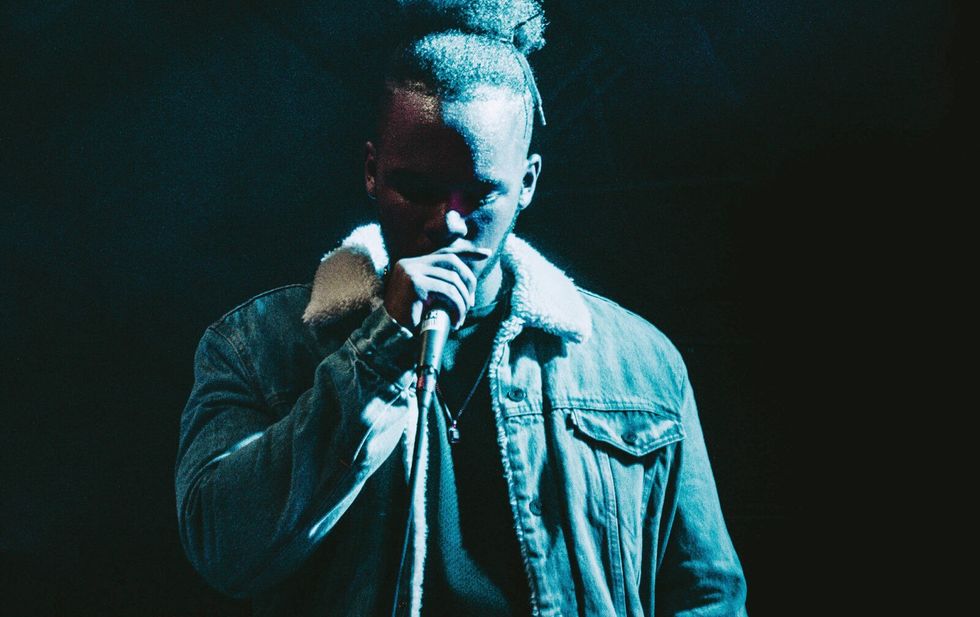
My Journey From Panic to Public Speaking
When even the smallest interactions and everyday challenges trigger extreme anxiety, you can begin to lose hope, but public speaking was my future.
When my anxiety was at its peak, I had multiple panic attacks every day. My body was always on high alert, fight-or-flight always active, heart-rate always elevated. My "worst case scenario" mind was overactive and incessant, fuelling a constant sense of foreboding.
When even the smallest interactions and everyday challenges trigger extreme anxiety, you can begin to lose hope.
Indeed, I did — I felt I couldn’t cope with life’s challenges. How will I ever thrive and be free to live the life I want, if I’m forever crippled by fear?
Fear was my default state
So imagine my response to genuinely nerve-inducing situations. Catalyzed by the addition of normal nerves, these situations felt unbearable. My anxiety was often triggered by anticipation alone.
Panic attacks became so frequent I lost count -- but one moment has stayed with me.
"I can’t cope"
Public speaking is challenging at the best of times, but during this period of my life, it was the cause of despair. Even the vague possibility of public speaking caused vivid mental images of nightmare scenarios. Choking, losing track, stumbling over words: “I can’t cope…”
It’s a normal day. I’m at university. The workshop is relaxed; I’m not. There’s a group of around 12. These are my peers; many are friends. With a couple of sentences, we’re asked to share our ideas for an upcoming project. Just a few words. Just speaking. In public...
As soon as I hear the sentence “let’s go around the circle,” I begin to lose control
The usual symptoms are there — the lump in the throat, hyperventilation, racing heart, a sense of utter terror. But I remember this panic attack because it was different.
It was the first time I left the situation. It was the first time I walked away. I didn’t attend further lectures that day.
Instead, I walked home, closed the curtains, got into bed, and shut myself away from the world, as “I can’t cope, I can’t cope, I can’t cope…” played on loop in my mind.
Taking the stage and finding the flow
Fast forward a few years: it's not quite a normal day. I’m in the exquisite and enchanted Castello di Titignano for SAND Italy 2019. The room is relaxed. Weirdly, I’m relaxed too. This is weird because I’m about to step to the podium and present at a conference for the first time.
The crowd of faces aren’t just peers, but respected artists, philosophers, scientists, writers, and spiritual teachers. A subtle hum of imposter syndrome resides, somewhere, in the recesses of mind. But I don’t pay attention.
As soon as I hear a volunteer utter the sentence “where’s the next speaker?” I feel calm. I take to the stage. I clear my throat. I speak. I don’t choke. I find flow. I enjoy myself. Me. Speaking publicly. Enjoying the experience. Thriving…
How did I make this journey from panic to public speaking?
Naturally the journey has been long and full of challenges. I can’t summarize the entire journey in one article, but I wish to share four key pointers that have helped the most. I believe they will assist your journey, too.
1. I used the power of vulnerability
Vulnerability sounds like truth and feels like courage. Truth and courage aren't always comfortable, but they're never weakness.
When I reflect on those days of panic, I’m struck by how much energy was used trying to “hold myself together.”
I was terrified of being seen. I was so terrified of my anxiety being detected that I became a master of disguise. Many close friends and family had no idea what I was going through at the time.
The more anxious I felt, the more I tried to hide. I was attempting to veil my vulnerability. This was intensified with public speaking. The moment my hands started to shake or my voice trembled, I’d do all I could to pretend I was fine, okay, calm.
Slowly, I found the courage to remove the facade
The process of vocalizing brings anxiety from the shadow into the light. It reduces energy wasted with futile attempts at concealment. To my surprise I felt instant relief when I labelled my anxiety. Later, I realized this was the first step in the process of acceptance.
2. I took a mindful approach
Panic disorder is the fear of anxiety itself. It’s anxiety about anxiety! Nerve-inducing moments were so difficult precisely because they triggered this chain reaction.
Mindfulness is the practice of non-judgement. Through meditation, I learned to accept thoughts, feelings, and sensations. I paused the chain reaction.
Then, using mindfulness, I started to deconstruct “panic” into its individual parts.
I broke panic down into the stories I was telling myself.
I noticed I was oxygenizing panic by telling myself I was weak or foolish or incapable. In the light of awareness I was able to challenge these thoughts. Further still, I noticed resistance to the physiological “cues” of panic. I sat with them in meditation.
Like apparitions, they lost their believability over time. Thoughts are just thoughts. Feelings are just feelings. Sensations are just sensations.
Through awareness and non-judgement, my reaction to anxiety decreased. I was no longer afraid of anxiety. I welcomed it.
3. I built a connection with the crowd
You feel nervous. You’re counting down the seconds until it’s your turn in the spotlight. You take the stage. You look out to a sea of faces. The rich tapestry of unique individuals is now dehumanized and threatening. You feel disconnected and separated: it’s you versus the crowd.
My toughest moments with anxiety were fused with a sense of isolation. Perceiving yourself in opposition to the crowd only increases anxiety. It’s impossible to feel supported and loved. It’s impossible to sense the crowd wanting the best for you.
Breathe individuality into the crowd.
Don’t look out at a sea of faces. See an opportunity to talk one-on-one with a room of beautifully unique beings. Make eye contact with individuals, and every time you do, have the intent to connect, human to human. Transform "you versus them" to "us."
4. Step aside and surrender
Separation, fear of being judged, fear of failure, catastrophizing… these are ego traits.
We often associate ego with narcissism and pride, but our egos are equally active in moments of self-doubt or insecurity. From this perspective, fear of making a fool of yourself is a form of narcissism; it’s just motivated from the other end of the ego spectrum.
The good news is — you are not your ego.
Once you feel comfortable on stage, the next challenge is to embrace it, to enjoy it.
The best way to do this is to surrender completely. Move out of your way and let your authenticity speaks for itself. Surrender fears, doubts, concerns.
This takes great courage. It’s the ultimate act of vulnerability.
Never forget...
If you’re suffering from anxiety, I want you to remember hope is not lost. Take small steps. Aspire. Create a vision to move towards and know one day, you’ll look back at the path you’ve walked and you’ll be amazed.
All the habits, mechanisms, and tools you apply in your return to baseline don’t lose their power -- they place you on a path of life-long growth.












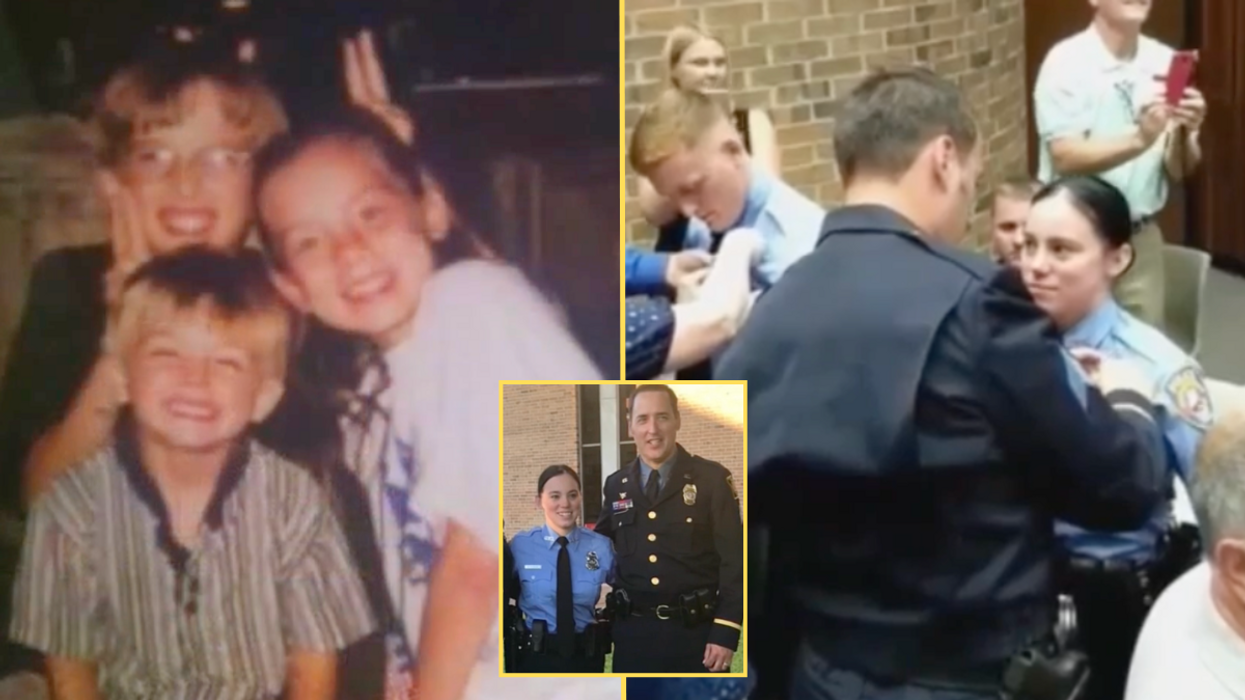

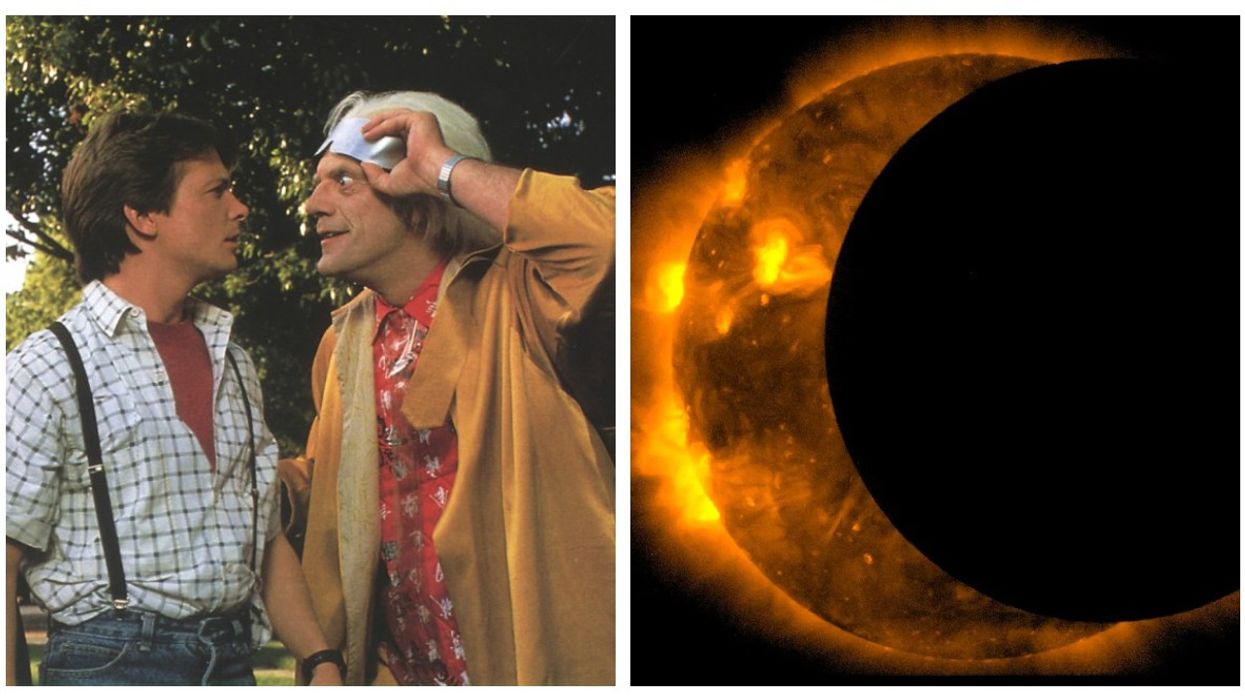
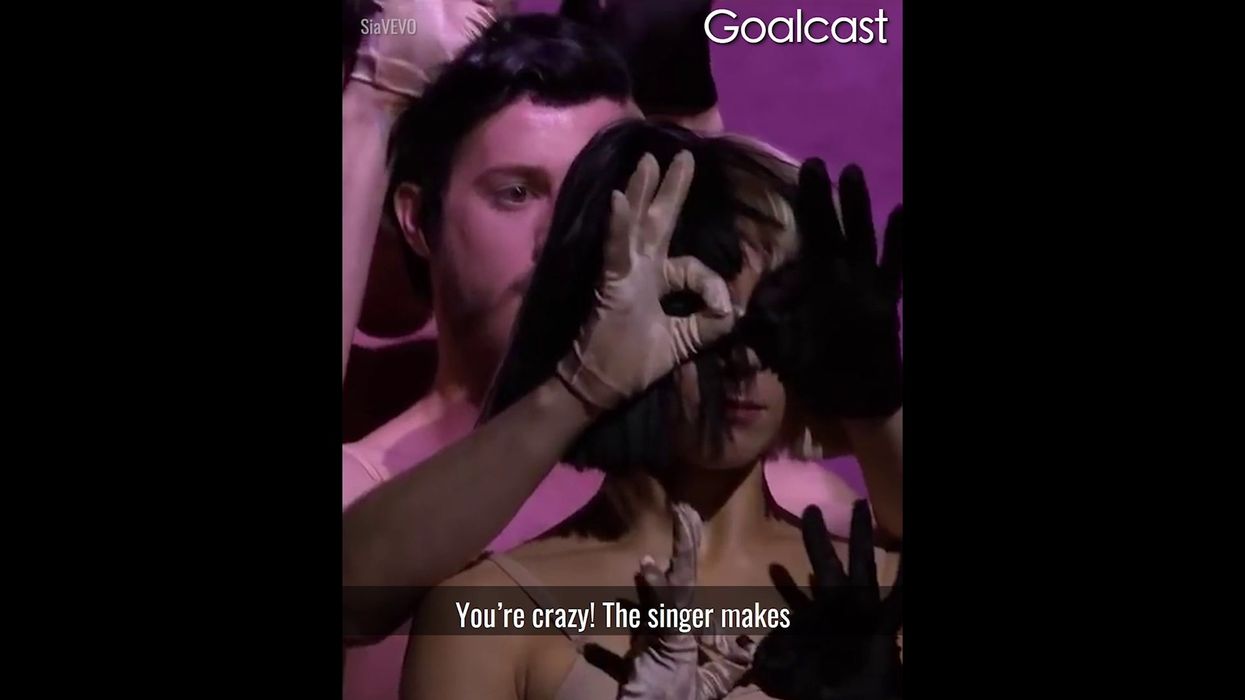
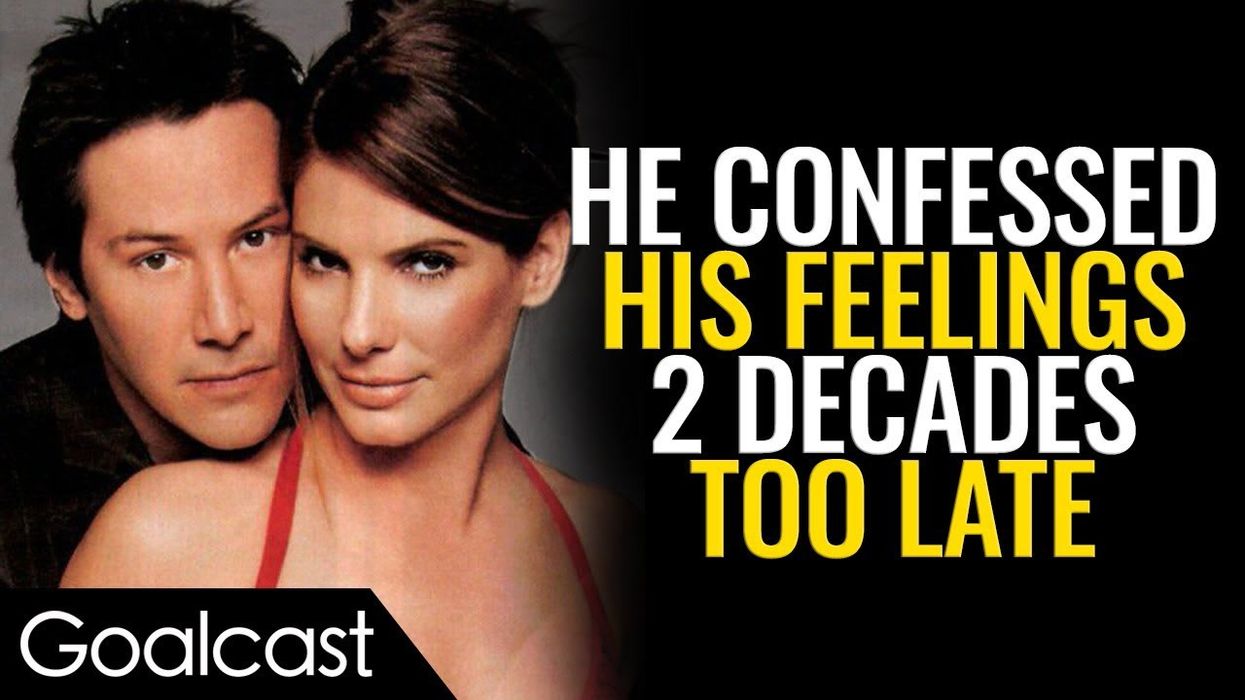
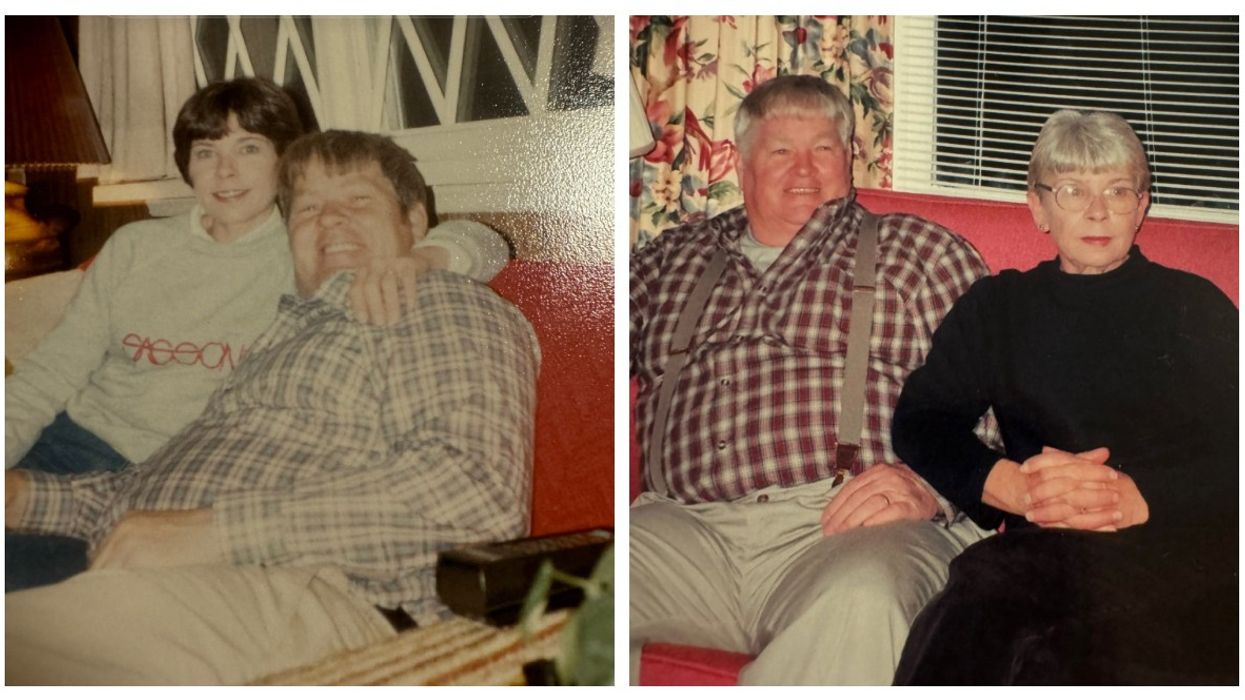
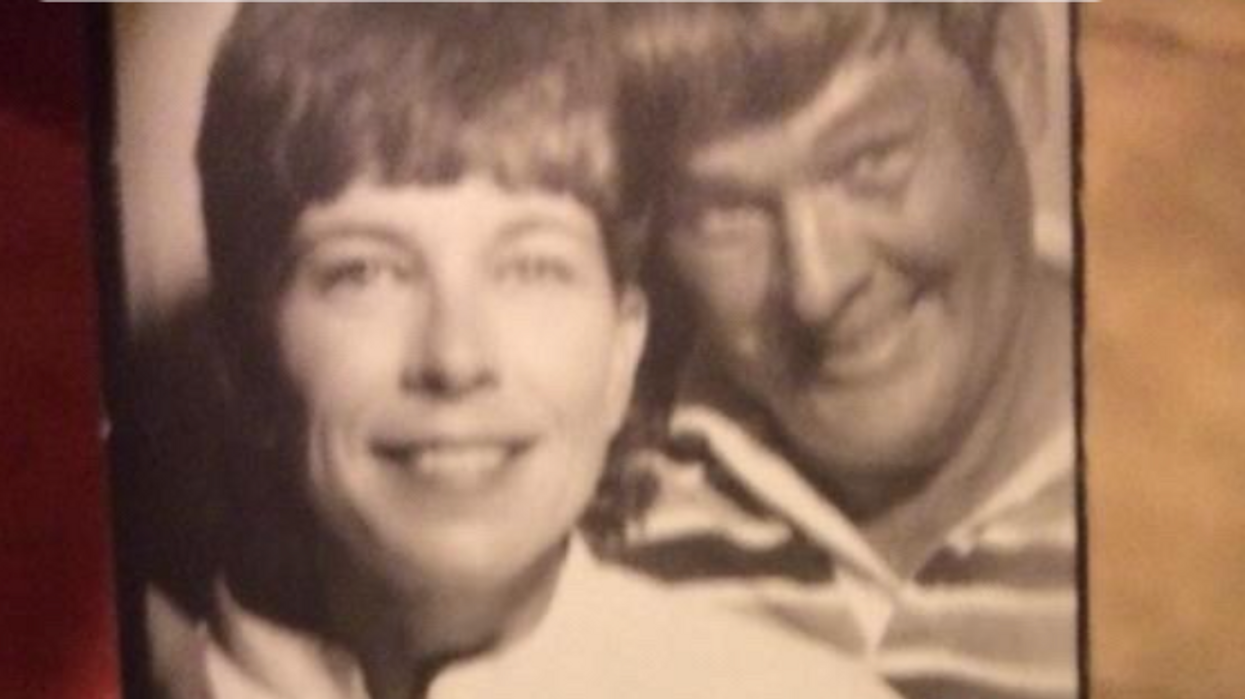 Old photobooth strip of Nana and Papa@jennjensc/TikTok
Old photobooth strip of Nana and Papa@jennjensc/TikTok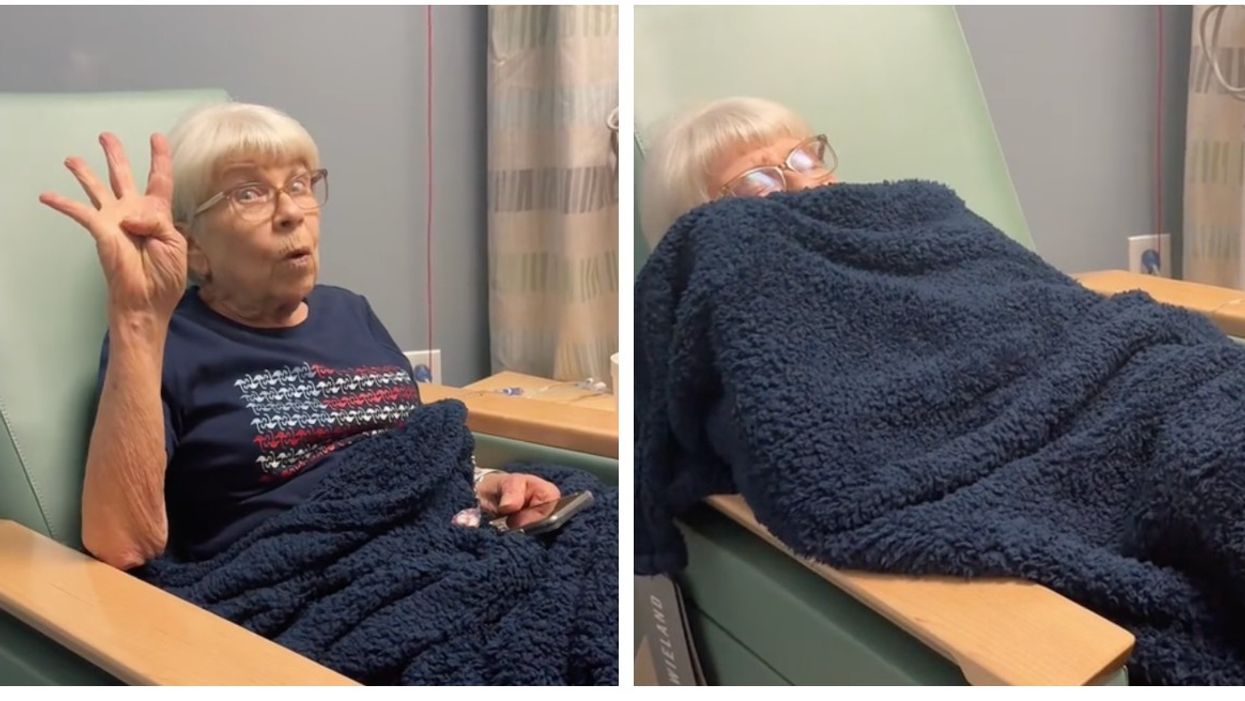 An elderly woman sits in chair with blue blanket while doing chemotherapy.@jennjensc/Tiktok
An elderly woman sits in chair with blue blanket while doing chemotherapy.@jennjensc/Tiktok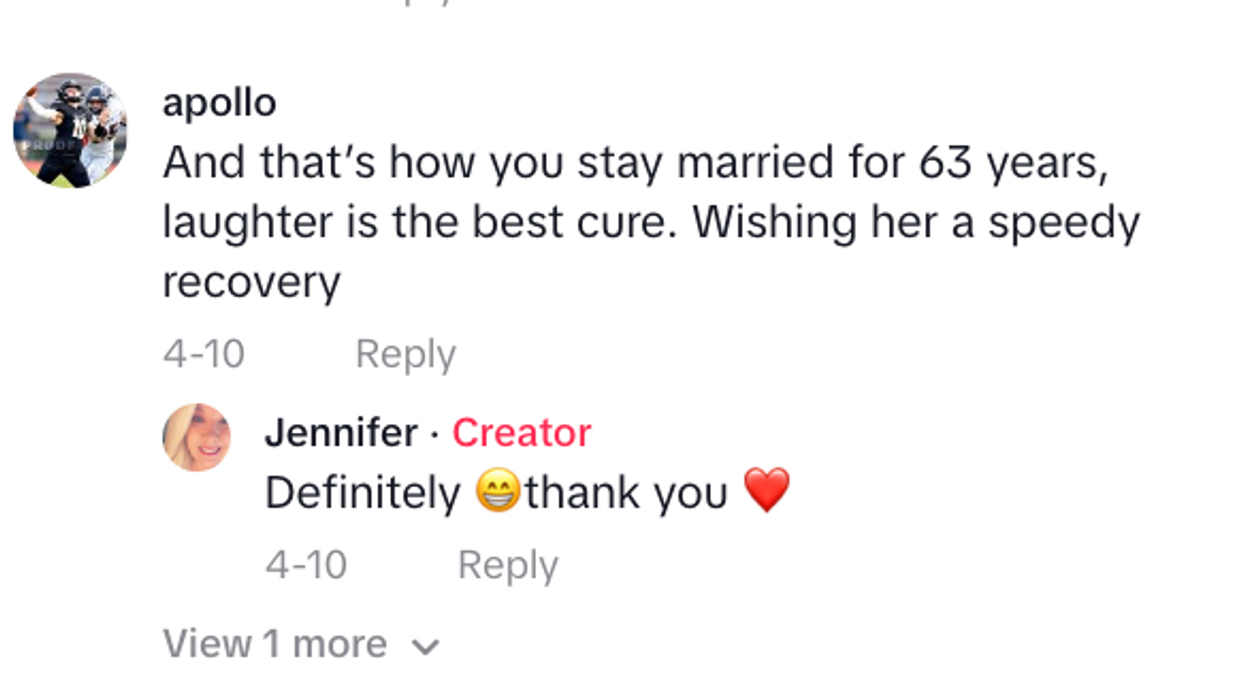 screenshot of a comment on TikTok@jennjensc / TikTok
screenshot of a comment on TikTok@jennjensc / TikTok

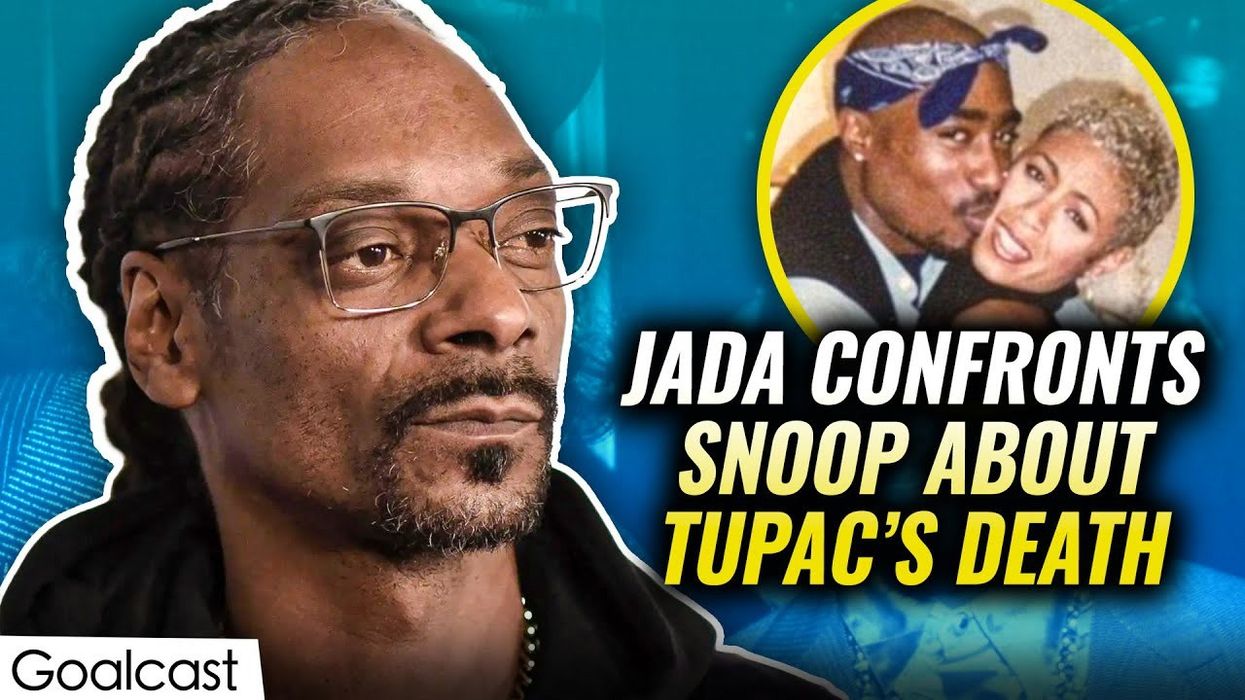
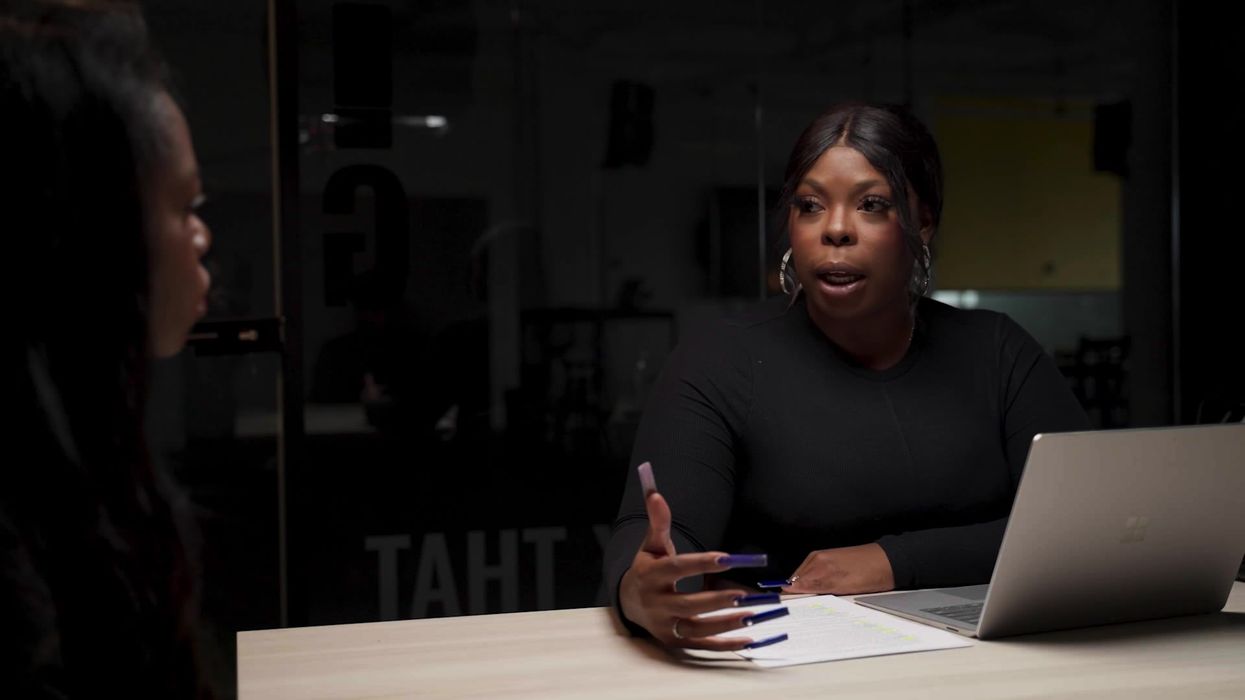
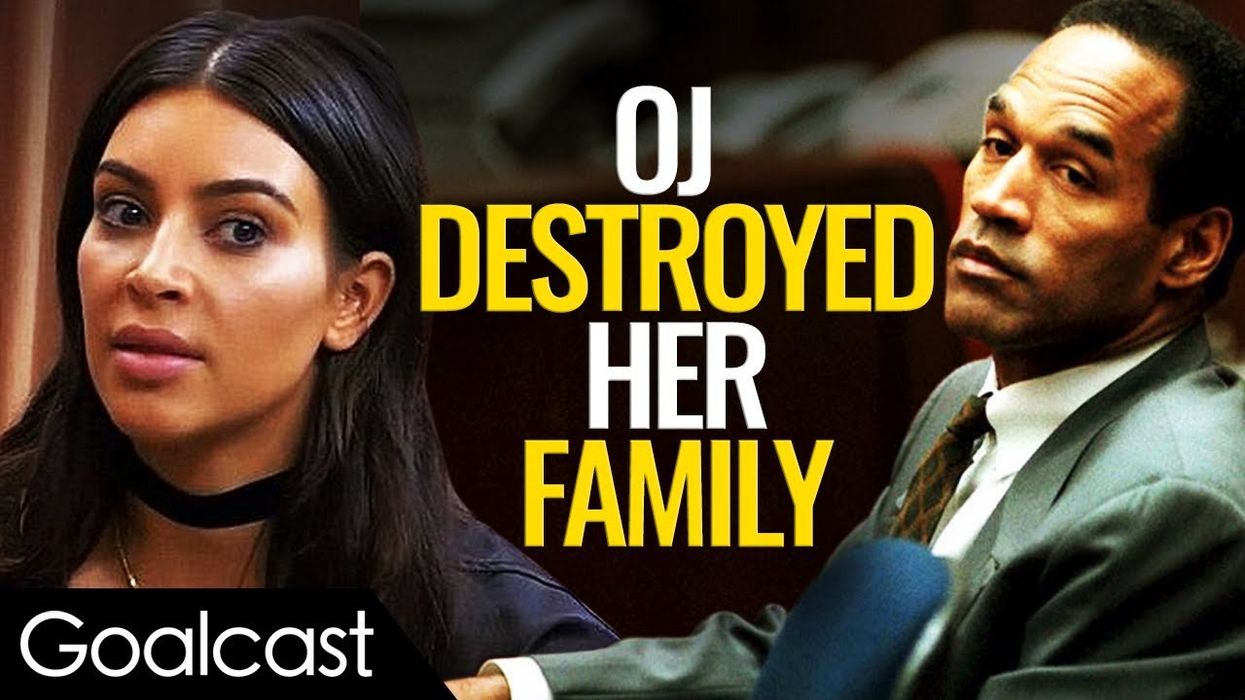






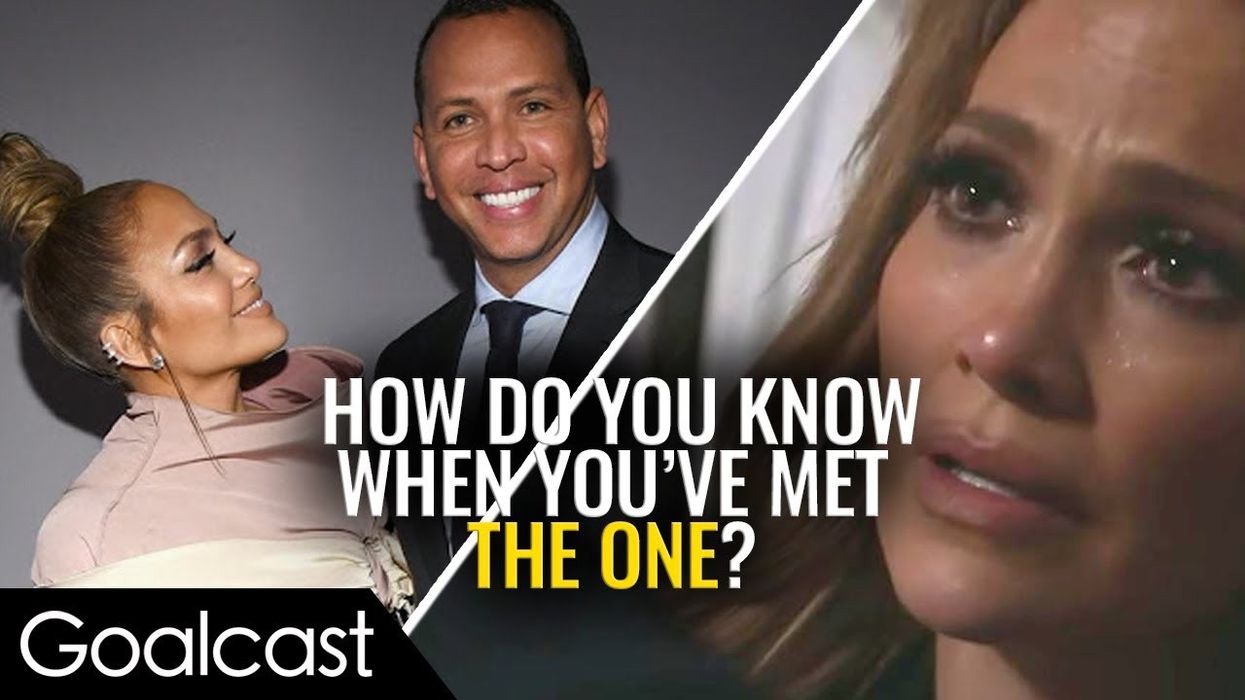
Military Dad Defends His 4 Little Daughters When Strangers Make This Rude Remark